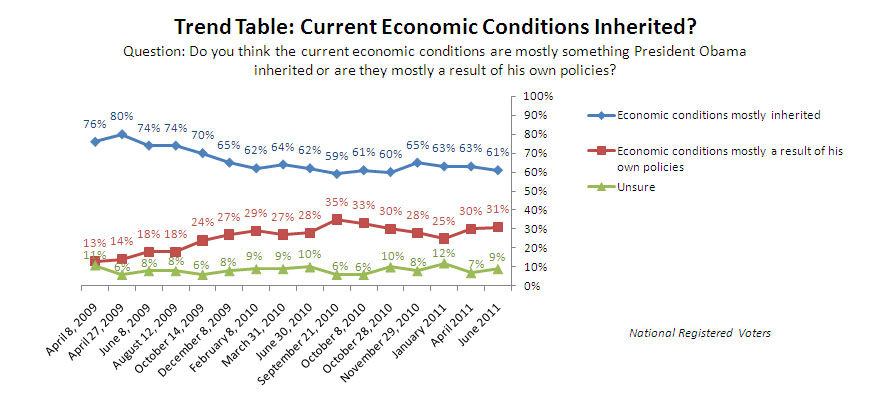By Daniel Downs
On November 8, Xenia Community School District officials ask voters to pass an emergency operating levy to avoid a budget deficit. School officials estimate the annual operating deficit will be $3,078,329. The 4.8 mill levy will generate the same amount for 5 years and will increase taxes about $147 a year on property valuated at $100,000.
After passing a bond issue, ½ percent permanent improvement levy, and several renewal levies, one has to ask whether or not this levy is really needed. To answer that question, I did my homework. I researched our state’s public school funding budgets. I then evaluated Xenia Community School District’s financial reports and budget projections including the recent five year budget forecast.
The levy is proposed as a way to avoid a budget deficit projected by the school’s five year forecast. The forecast is based on various assumptions concerning the economy, state and federal funding, and local conditions. Most of the budget assumptions seem reasonable. For example, property taxes and income tax revenues are expected to increase annually by a meager 1.5 percent. What does not seem reasonable is the belief that Gov. Kasich’s new foundation formula will result in zero growth after 2013. Historically, basic state funding for local public school has always trended upward. Decreases have been brief while increases have continued long-term. The new state budget (HB 153) continues this trend. This year the unrestricted state funding for Ohio schools totaled $6.4 billion. It increases to $6.69 billion in 2012 and $6.72 in 2013. There is no reason to believe it will not continue to keep up with inflation. This assumption of the Xenia budget forecast may be based more on the fear or dislike of Gov. Kasich’s increased funding for alternate forms of schooling than on real historical trends. Federal funding of alternate forms of schooling also consists of millions of dollars.
Several other budget items estimated to decrease over 34% include “restricted grants-in-aid” and “all other revenue”. Here again, the estimates do not seem reasonable. Xenia’s financial statements show federal restricted grants-in-aid has grown from $2.4 million in 2000 to $6.3 million in 2010. Even with the end of most stimulus money, federal funding continues to increase until 2013. The state budget does project a 14.4% decrease in federal funding for 2013; but barring a double-dip recession or zero GDP growth, federal aid will most likely bounce back in 2014.
The “all other revenue” item mentioned above consists of many different types of revenue sources. Some of those are interest income, rental income, tuition fees, compensation for loss of assets, and oddly enough federal restricted grants-in-aid. Except for interest income, this item coincides with revenues under a category called “other government funds” in the school district’s financial statements. Federal “restricted grants-in-aid” and the “other government funds” refer the are the same thing with rent and tuition included under Other Government Funds.
Another problem with the assumption concerning “restricted grants-in-aid” is the error about the Education Jobs Fund. The state budget shows it continuing into 2013 not ending. The $1 million from this fund will still be available in 2013 and probably beyond. (See footnote 1)
Xenia’s budget forecast lists “career technical fund” as a annual revenue source of only $82,678. Yet, a “special education fund” has over 10 times the amount of the “career technical fund”. Why not use this fund for students with learning disabilities. The Race to the Top fund also has about 10 times more money available for local schools. A new restricted use fund is the math science partnership fund. It has about $1 million more than the “career technical fund” that is available to school districts.
Without a doubt, there are some state and federal funds being phased out while new ones are being added. Coupled with economic uncertainty, confidence about the future of the economy is a scarce commodity. In light of the above, it is equally difficult to believe that the proposed budget deficit is real. If another recession occurs or if near zero growth continues, a budget deficit may occur, but only because employee costs continue to grow. According to the school’s budget forecast, union employees have agreed to a pay freeze. If so, only rising costs of employee benefits will contribute to a deficit. Of course, a loss of funds used to replace school buses, compensate for loss of tangible property tax revenues, and the loss of stimulus funds must count for something. (See footnote 2) Yet, overall state and federal funding for local school continues to increase.
My analysis can be summarized this way: A vote for Issue 13 comes down to whether voters believe the school district’s forecast, whether they believe the historical funding trends and the state’s actual budget, or whether they believe the recent predictions of a slowly improving economy.
——————–
Note 1: Xenia Community School District’s 5-year forecast was published in October 2011. However, statements about Ohio’s biennium budget that passed on 30 June 2011 indicate part of the forecast was written before its publication, which explains the errors mentioned above.
Note 2: In my original post, I wrote the “a large portion of funds for bus replacement, tangible property taxes, and stimulus money must count for something.” My original statement seems somewhat misleading and has been corrected. However, Xenia School District’s 2010 financial statement shows lost “bus purchase allowance” funds amounted to $52,850. These funds were reported under the revenue category “Capital Grants and Contributions.” This amount is not enough to effect a serious budget deficit.



Smarty the Sarah
By Jim Robbins
Sarah Palin’s critics routinely mock her intellect, so when the state of Alaska released 24,000 emails she wrote while serving as governor, “AOL Weird News,” an offbeat component of AOL.com, had a representative sample analyzed to see how well she wrote. They expected the results to confirm their anti-Palin bias, but they were in for a surprise.
Far from being an illiterate bumpkin, the standard Flesch-Kincaid readability test showed that Ms. Palin’s emails were written at an 8.5 grade level. This was “an excellent score for a chief executive,” AOLWN reported. To put some perspective on this number, Martin Luther King’s August 1963 “I Have a Dream” speech — much more heavily edited than Ms. Palin’s emails — ranked at 8.8 on the same scale, while Lincoln’s Gettysburg Address came in at 9.1.
A study by Smart Politics on the readability ratings of recent State of the Union addresses also showed Ms. Palin in good company. President George H.W. Bush’s average SOTU score was 8.6. Bill Clinton came in at 9.5. Ronald Reagan, who like Ms. Palin was heavily criticized by liberals and regarded as a doddering old fool, logged an impressive 10.3 rating. And George W. Bush, who earned even more left-wing contempt than Mr. Reagan, if that’s possible, edged the Great Communicator with a10.4 ranking.
Then there is President Obama, heralded as the smartest president and the most gifted orator in living memory, but whose 2008 “Yes we can!” victory speech came in at a comparatively anemic Flesch-Kincaid rating of 7.4. Some numbers just speak for themselves.
James S. Robbins is senior editorial writer for foreign affairs at the Washington Times. His latest book is “This Time We Win: Revisiting the Tet Offensive,” published by Encounter Books. He can be contacted at jrobbins@washingtontimes.com.
Leave a comment
Posted in politics, research
Tagged commentary, IQ, Sarah Palin, writing analysis